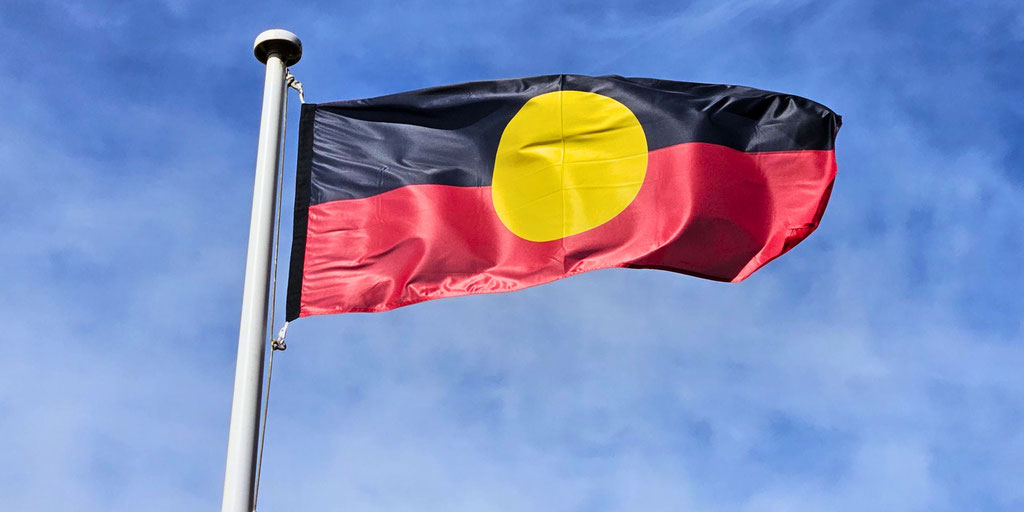What is the Aboriginal Tent Embassy?

On the morning of Australia Day in 1972, four Indigenous Australian men set up a tent on the lawn of Parliament House in Canberra. This simple act would spark one of the most significant movements in Australian history - The Aboriginal Tent Embassy.
For over 45 years, the embassy has served as a symbol of protest and resilience for First Nations Australians, fighting for their rights and recognition. In this article, we will explore the history of the Aboriginal Tent Embassy and its impact on modern-day Australia.
Background and causes
There were a series of key events that led up to the creation of the Aboriginal Tent Embassy. Each of these events served to highlight the marginalization and mistreatment of the Indigenous Australian people.
The Yirrkala petition, presented to the Australian Parliament in 1963, was a major step in the fight for First Nations people's rights. The petition focused on land rights and the impact of mining on the Yolngu people's traditional lands.
In 1965, Indigenous Australian rights activist Charles Perkins led a group of students on a bus tour of communities in New South Wales.
The Freedom Ride aimed to raise awareness of the poor living conditions faced by Indigenous Australian people and campaign for change.
The Wave Hill walk-off in 1966 was a protest against the working conditions and pay of First Nations stockmen on a cattle station in the Northern Territory.
The walk-off would become one of the longest strikes in Australian history, lasting for eight years.
The 1967 referendum saw over 90% of Australians vote in favor of removing two discriminatory references to Indigenous Australians in the Australian Constitution and enabling the federal government to make laws regarding Indigenous Australians.
However, these changes did not bring about any significant improvement in living conditions for First Nations people.
On April 27, 1971, Justice Blackburn delivered the judgment in the Yirrkala land rights case (Milirrpum v Nabalco Pty Ltd), which found that Indigenous Australian people did not have ownership over their traditional lands. This ruling was a major blow to the civil rights movement.
How was the Tent Embassy created?
All of these events culminated in the creation of the Aboriginal Tent Embassy on Australia Day 1972.
After years of frustration and inaction from the government, four men decided to take matters into their own hands and set up camp on Parliament House lawn.
The four men who set up the embassy - Michael Anderson, Billy Craigie, Bertie Williams, and Tony Coorey - were protesting this decision and demanding that the government recognize Indigenous Australian ownership of the land.
The embassy was originally just a small structure made out of an umbrella, and later, poles and tarpaulin, but it quickly grew into a large and well-organized camp.
The embassy became a focal point for the Indigenous Australian rights movement, attracting national and international attention.
It also served as a home away from home for many Indigenous Australians who had been forcibly removed from their communities.
How did the Australian government respond?
On July 20, 1972, 150 police officers marched on the Embassy. A group of supporters formed a human chain around the tents and sang "We Shall Not Be Moved." Television cameras recorded everything that happened and broadcast it on the evening news.
It showed that a scuffle broke out, several arrests were made, and ultimately, the tents were pulled down.
On the following Sunday, when supporters numbered around 200, the tents were put up for a second time.
A confrontation between the police force of 360 people and the protestors resulted in more violence. The embassy was destroyed for a second time.
Then, on Monday, July 31, around 2,000 protestors gathered outside the Parliament House, and the government finally stopped using the police force to pull the structures down.
Later history
The embassy quickly grew in size and prominence, attracting international attention. In 1972, Prime Minister Gough Whitlam visited the embassy and acknowledged its significance.
The Aboriginal Tent Embassy would relocate several times between 1972 and 1992. Despite being torn down, damaged, and attacked on a number of occasions, it has continued to exist.
Since 1992, the Tent Embassy has remained on the lawn outside of the Old Parliament House.
In the 2000s, the embassy became a site of political protest against the federal government's policies on Indigenous affairs.
In 2012, Prime Minister Julia Gillard visited the embassy but faced a controversial security incident during her visit, which resulted in her being escorted away by her security team.
Nevertheless, she delivered a speech in support of Indigenous Australian rights.
Significance
The Aboriginal Tent Embassy has been through many ups and downs over the years, but it remains a powerful symbol of First Nations resistance.
Today, it stands as a reminder of the long fight for justice and recognition that Indigenous Australians continue to wage.
The history of the Aboriginal Tent Embassy is an important part of Australia's story - one that should never be forgotten.
By understanding and acknowledging this history, we can work towards a more inclusive and just future for all Australians.
What do you need help with?
Download ready-to-use digital learning resources
Copyright © History Skills 2014-2024.
Contact via email
With the exception of links to external sites, some historical sources and extracts from specific publications, all content on this website is copyrighted by History Skills. This content may not be copied, republished or redistributed without written permission from the website creator. Please use the Contact page to obtain relevant permission.





